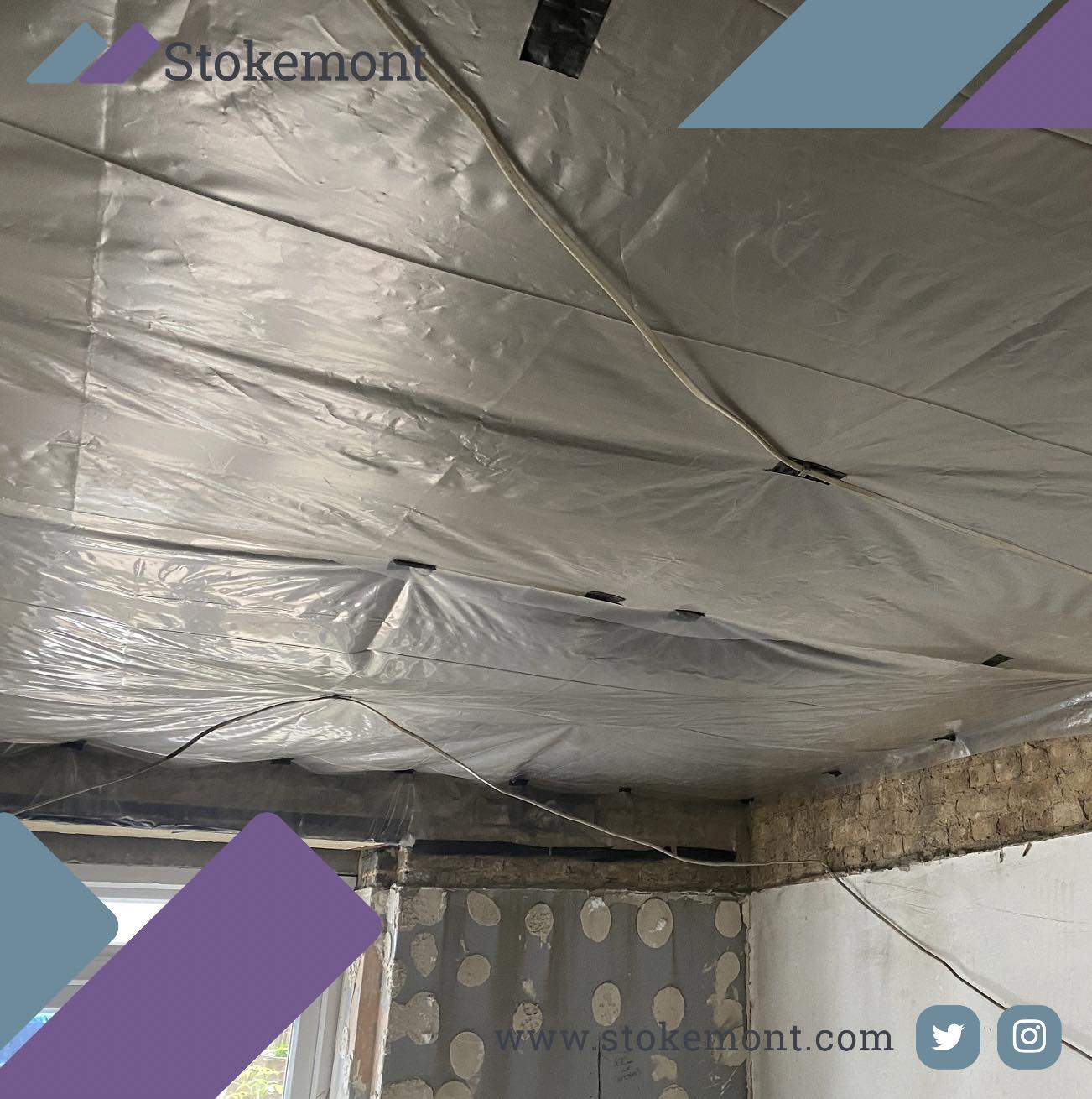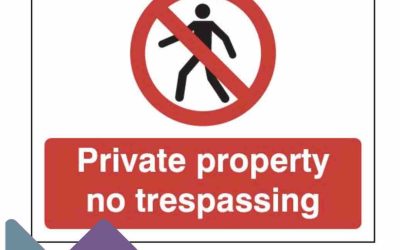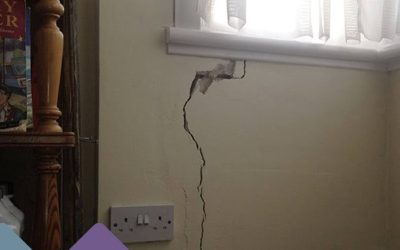Thank you for clicking on this week’s Property Surveying blog post. Here at Stokemont, we produce numerous Surveying blogs every week in an attempt to best inform our clients and readers on various different Surveying matters.
We hope that thorough reading our blog posts, you will not only be well informed, but will be informed from a source of impartial advice.
Today we are going to be discussing Licence for Alterations and the type of temporary protections that a leaseholder or tenant, whom is undertaking the construction works to their flat should implement in order to best protect the properties and flats that the works adjoin.
With any type of construction work, there’s always going to be a degree of nuisance, dust and the inevitable mess that comes with refurbishment and betterment.
Within the perspective of Licence for Alterations, if the alterations clause within your lease gives you the right to undertake the works, it is usual that the works will be subject to some form of temporary protection.
This protection effectively ensuring that you’re best prepared and placed to proceed with the works at the minimal risk to your neighbour’s property.
One of the key aims a good Licence for Alterations Surveyor should be to aiming for, is to ensure that the knock on effect and nuisance in respect of the dirt and dust caused by the works is kept to an absolute minimum.
By ensuring dust resulting from the works is controlled and minimised, the knock on effect of costly cleaning bills to neighbouring owner’s properties is greatly reduced and potentially even eliminated.
With a lot of flats within England and Wales having been converted from large houses into flats, in many cases the conversions themselves haven’t been done all that well and with the longevity that new builds tend to take into account these days.
With a conversion flat, it therefore quite normal for there to gaps and separations between one flat to another at ceiling, or floor level.
This can often mean that when construction works start in the flat above or below, it’s very common for dust particles to migrate and find its way through the floor or ceiling, entering into another leaseholder’s property.
Often this dust will not only settle in the neighbouring owner’s property, but can also result in a costly cleaning bill for the leaseholder who is undertaking the works.
Here at Stokemont, we’ve seen this range from a simple carpet clean, to a costly dry cleaning bills for wardrobes full of clothes, or even worse still, the requirement for walls to be repainted as the dust itself settled resulting in marking.
All of these nuisances and knock on costs can be avoided through the careful consideration of the works from the perspective of the neighbour’s property.
One of the most common introductions that we like to see here at Stokemont, is the installation of plastic sheeting, or heavy duty (HD) polythene sheeting, to the upper parts of the property where the works are taking place.
In effect the sheeting will be secured to the underside of the ceiling, or floorboards for the flat above. This then forms an impervious barrier stopping dust and air borne particles of dirt from finding their way up through the ceiling, floorboards or gaps in the walls, and entering the flat above!
The sheeting itself will usually be secured or fastened through plastic zip cords, it can also be stapled or nailed to the ceiling/floorboards to ensure a secure and tight finish.
While this might seem a little bit overkill, it can go a significant way to preventing nuisance and dust and from our perspective here at Stokemont, the neighbouring leaseholder’s interests such as this should be one of the key objectives for a good Licence for Alterations Surveyor.
The way we always look at Licence for Alterations work here at Stokemont, is to look at it through the eyes of the neighbouring owners and ensure that the protections that are implemented are low risk and high reward. Temporary sheeting and protection is a fantastic example of that!
Over the years, we’ve found that when it comes to temporary protection, it’s always the simplest ones that have the most benefit, we’ve seen these types of measures go a long way to stop dust causing issue to neighbouring properties.
Licence for Alterations works and procedures can often get confusing and in many cases freeholders and leaseholders can find themselves lost within the various different provisions and procedures that are required.
Here at Stokemont, we would always advise seeking the advice and input from a firm of RICS Chartered Surveyors, that will ensure that your interests are best protected and the most appropriate procedures surrounding the works are implemented to reduce the risk of issue, nuisance and damage.
If you’d like to discuss your Licence for Alterations procedures with our RICS Chartered Surveyors, give us a call today and we will be more than happy to assist you.




